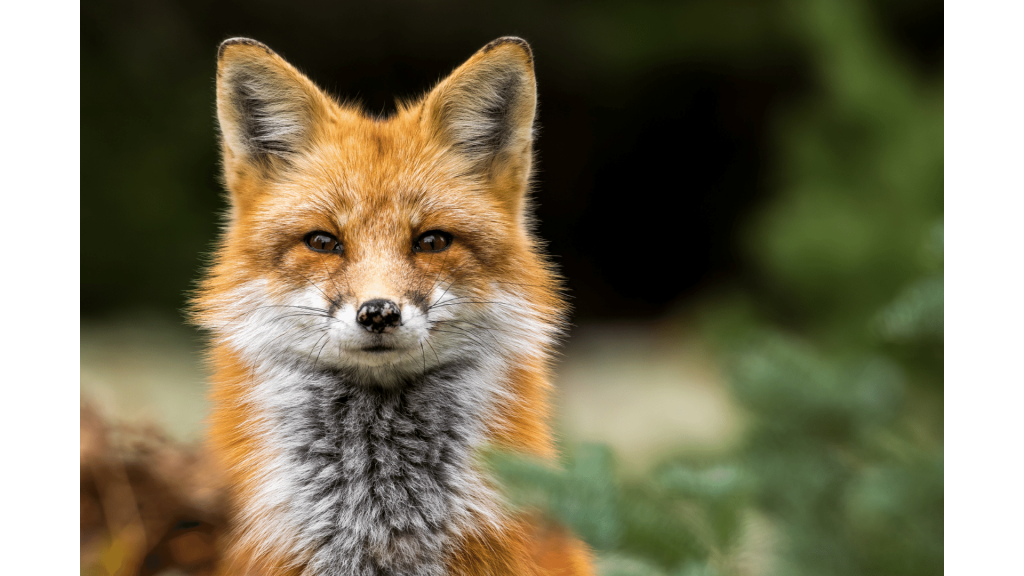Forty years ago, a book called After Man, by Dougal Dixon, described a wonderfully imaginative zoology of the future. Sometimes whimsical, but always science-based, it displayed a compendium of wildlife that could evolve after a mass extinction event emptied the planet of humans. Dixon isn’t the first person to speculate about how the rest of the natural world would fare if we weren’t around. But what happens if we are?
This is the focus of episode 106 of Anthropomania, “Concrete Jungle.” There’s nothing new about urban wildlife: fleas and cockroaches have been with us for centuries if not millennia. But as cities tighten their grip on the earth’s landscape, as two-thirds of the human population call cities ‘home’ by 2050 and as natural spaces shrink, taken over by suburbs or satellite ‘downtowns’, wildlife will face a choice not of their own doing. Adapt, flee or risk extinction.
It’s already obvious that some animals are much more ready to adapt than others and some of the most interesting adaptations involve behaviour.. Take coyotes and foxes. Everywhere in North America coyotes can be seen in cities. More often on the fringes or in the largest green spaces, but also downtown, pacing the pavement, checking out Anthropomania co-host Erika Siren and her late-night friends in Vancouver, or as Chris Schell hilariously described, the coyote who walked into a Chicago Quizno’s apparently just to hang out. (Although a coyote was seen recently outside a McDonald’s in downtown Toronto, she displayed no interest in sliding through the door for a coffee or a Big Mac – she might have been waiting for curb-side.

A remarkable thing about these two animals’ ability to adjust to city life in significant numbers (even though coyotes are more often seen, possibly because foxes are stealthier) is that their behaviour towards each other has changed. In the wild coyotes kill foxes, not so much to eat them but to eliminate them as competitors for limited food resources. But at least one study has shown that in urban settings the two co-exist almost to the point of intimacy.
Why? There’s no really hard evidence yet, but the scientists who have looked at this suspect that food is much easier to come by in the city, because the most wasteful animal on earth lives there in large numbers. Why go into a Quizno’s when you can probably find a meal’s worth discarded all over a hundred metre radius?

A change in social behaviour between species isn’t trivial, but it’s not something that would normally grab our attention. And it’s subtle enough that it could simply be within the animals’ ability to adjust to changing circumstances, not a genetic change that could signal the beginnings of the independent urban evolution of one or both.
That’s what I am most curious about. Foxes and coyotes are only two of innumerable living things, including plants, insects and birds, that are racking up genetic changes because they’ve lived in cities for generations.
Just as we heard from Mark Johnson that the common house mosquito now has a non-biting version that lives in subways, is it too much to imagine that a hundred years from now there might be urban coyotes and foxes so changed that one glance would tell you that these are no longer misplaced field and forest-edge mammals, but urban to the core? They’ve already taken the first step; further steps should come as no surprise.
You may also enjoy

